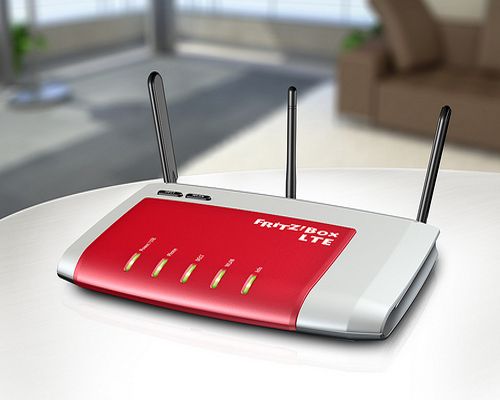How do you tell one broadband connection from another without getting confused by technicalities? This article explores the different types of broadband connections and what makes them so different.
Types of Broadband Connections
Before the advent of broadband internet connections, the only option was the dial-up connection which used telephone lines to access the internet. These connections were excruciatingly slow and costly because, every time you decided to surf the internet you would be charged as though you were making a 30 to 60 minute long phone call. What’s so different about broadband connections then? Broadband connections or High Speed Internet access as many call it, are not limited to low transfer rates that were characteristic of the dial-up connections. They have high download and upload speeds and that allows you to surf websites and download material in just a matter of minutes. Using a broadband connection also allows you to make voice calls using the phone while surfing the net at the same time. The bills for broadband connections are affordable as they are charged at fixed monthly rates with unlimited usage. These advantages are the main reasons why broadband connections are gaining popularity today. The new 3G networks in cell phones are an example of just such a technology. Read on to know more about the different types of broadband connections here below.

Different Types Of Broadband Connections
There are many types of broadband connections. However, we will deal with the popular ones here.
ADSL
ADSL stands for ‘Asymmetrical Digital Subscriber Line’. This is the most popular type of broadband connection. It works with the help of devices that connect it to telephone lines. Moreover, it keeps your voice calls separate from the data transmission taking place when you send emails or view websites. ADSL connections are known to have higher download speeds but slower upload speeds.
SDSL
SDSL or ‘Symmetrical Digital Subscriber line’ is not the same as an ADSL connection because it requires separate phone lines to provide access to the internet. Unlike ADSL, it has faster upload speeds and slower download speeds making it ideal for use when large amounts of uploading is done.
Wireless ISP
Wireless ISP stands for ‘Wireless Internet Service Provider’ and is also known as Wi-Fi. This technology works by bouncing signals off antennas placed at regular intervals. The only drawback of Wi-Fi is that it uses “line-of-sight” signals. This means that hills, vegetation, tall buildings and distance to and from the antennae have a direct impact on the strength of the signal and speed of the connection.
3G
3G or ‘3rd Generation’ is the latest technology aimed at bringing broadband connections to mobile phones. As opposed to WAP (Web Access Protocol), which allows only voice calls or data transfer at a time, 3G allows for simultaneous voice and data transmission. It also allows faster speeds of data transfer.
Satellite
When all other available options fail, the satellite connection comes into play. This connection works by communicating directly with the satellites orbiting the earth. Terrains or buildings in a city do not hamper this particular internet connection, even if you are in the middle of nowhere. However, one of its drawbacks is that, this broadband connection is very expensive. Its other drawback is that, the information you receive is always a few seconds or minutes old due to the fact that the signals travel a great distance.
See also
- Cameras | Computers | Gaming Devices | HTC Mobiles | How To Do | Internet | Ipods & MP3 Players | LG | Laptops | Mobile Phones
More from iloveindia.com
- Home Remedies | Ayurveda | Vastu | Yoga | Feng Shui | Tattoos | Fitness | Garden | Nutrition | Parenting | Bikes | Cars | Baby Care | Indian Weddings | Festivals | Party ideas | Horoscope 2015 | Pets | Finance | Figures of Speech | Hotels in India : Delhi | Hyderabad | Chennai | Mumbai | Kolkata | Bangalore | Ahmedabad | Jaipur
- Contact Us Careers Disclaimer Privacy Policy Advertise With Us Lifestyle Sitemap Copyright iloveindia.com. All Rights Reserved.





